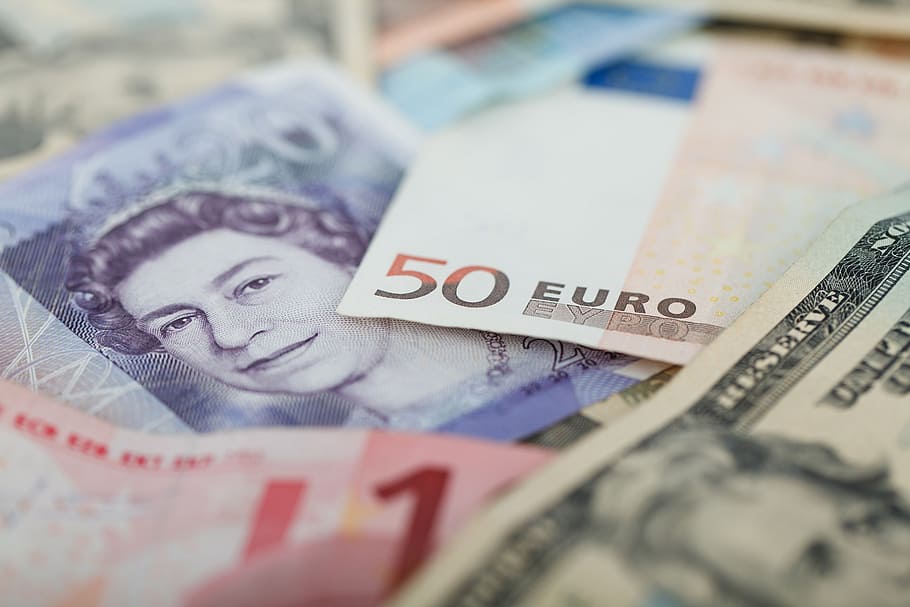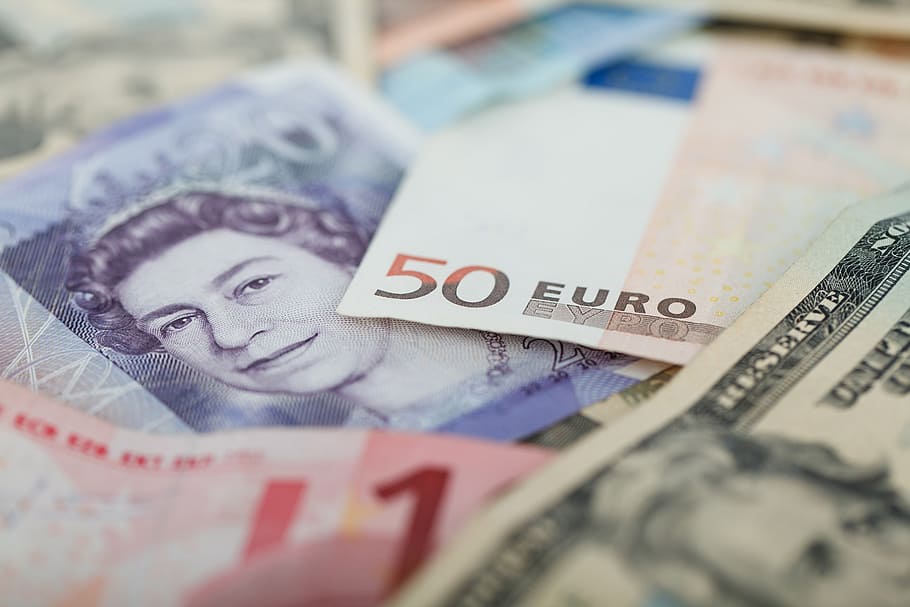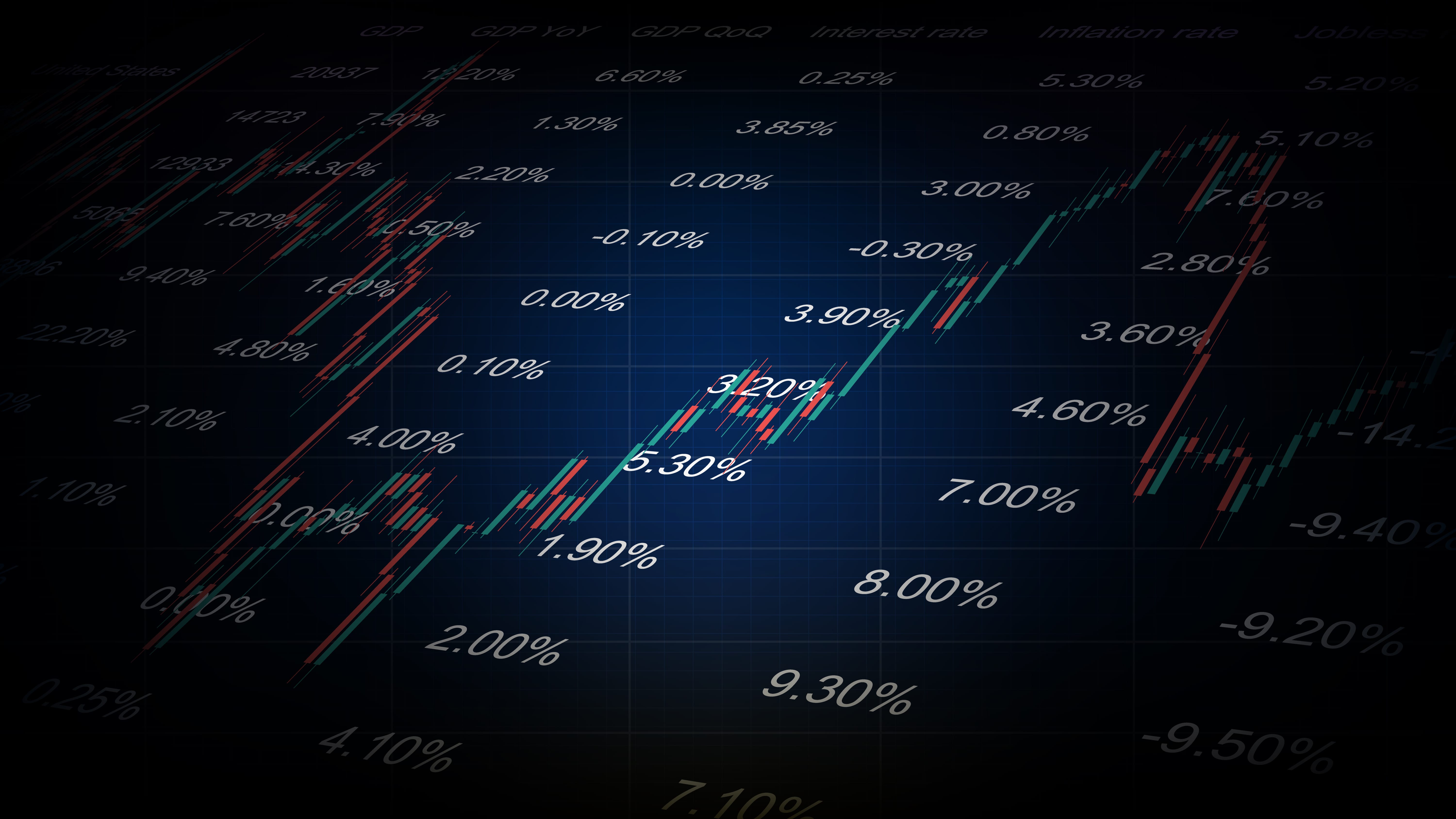What Is A Currency Carry Trade ?
Most people are only vaguely familiar with the world of foreign exchange, or forex. Currencies are bought and sold in pairs, depending on several factors including interest rates, economic indicators, and political stability. A currency carries trade is a hedging strategy employed by traders who believe that a certain currency will increase in value relative to another.
In simple terms, a trader will borrow one currency at a low-interest rate and use it to buy another currency with higher interest payments. When the borrowed currency is exchanged back for the original one, the trader pockets the difference in rates minus any commission fees. Currency carry trades can be risky but they can also be very profitable if executed correctly.
The Japanese yen ( JPY ) is considered a low-yielding currency compared to currencies like the US dollar ( USD ) and the British pound ( GBP ). For this reason, many traders believe that the JPY will increase in value relative to these currencies over time. To take advantage of this expected appreciation, they would execute a JPY-based carry trade by borrowing USD or GBP and using those funds to purchase yen.
Assuming that the JPY does appreciate as predicted, the trader would then sell their yen back for USD or GBP and pocket the difference in rates minus commissions.
What is a Currency carry trade ?
A currency carries trade is a strategy in which a Forex trader borrows a currency with a low-interest rate to buy another currency with a higher interest rate. The idea is to capture the difference between the two interest rates, known as the "carry."
For example, let's say you believe that the U.S. dollar will strengthen against the Japanese yen. You could borrow yen at a low-interest rate and use those funds to buy dollars. If your prediction comes true and the dollar strengthens, you'll make a profit on the difference in interest rates. Of course, you'll also be responsible for paying back the borrowed yen plus any fees associated with the transaction.
The benefits of a currency carry trade:
can be great, but there are also some risks to be aware of. First, currencies can move in unexpected ways and your trade could turn against you. Second, you'll have to pay interest on the money you borrow, which can eat into your profits.
If you're thinking of trying a currency carry trade, make sure you do your homework first. Understand the risks and rewards involved, and make sure you have a solid plan for exit if things go wrong.
The risks of a currency carry trade:
While currency carry trades can be profitable, they also come with some risks. The most obvious risk is that the trade could move against you, and you could end up losing money.
Another risk to consider is that you'll have to pay interest on the money you borrow. This can eat into your profits if things don't go as planned.
Finally, remember that currencies can be volatile and unpredictable. Even if your analysis is correct and the trade looks good on paper, there's always the chance that something could go wrong. Make sure you have a solid plan for the exit before you enter into any carry trade
By understanding the risks involved, you can help to minimize them and give yourself a better chance of success.
How to execute a currency carry trade
Now that we've covered the basics, let's take a look at how you might execute a currency carry trade.
There are a few different ways to do this, but the most common is to use Forex leverage. Leverage allows you to borrow money from your broker to trade with, which can help you to increase your potential profits ( but also your potential losses ).
For example, let's say you wanted to trade $10,000 worth of USD/JPY. With leverage, you could trade $100,000 worth of currency with only $10,000 of your own money. This means that your potential profits (or losses) would be 10 times greater than if you were trading with your own money.
Examples of successful currency carry trades
Here are a few examples of successful currency carry trades that were executed using Forex leverage:
In early 2009, the USD/JPY pair was trading at around 85.50. A Forex trader believed that the dollar would strengthen against the yen, so they decided to execute a currency carry trade. They borrowed yen at a low-interest rate and used those funds to buy dollars.
The trade turned out to be successful and the dollar did indeed strengthen against the yen. By early 2010, the USD/JPY pair had reached a high of around 110.00, for a total profit of around 24%.
In late 2008, the EUR/USD pair was trading at around 1.25. A Forex trader believed that the euro would weaken against the dollar, so they decided to execute a currency carry trade. They borrowed euros at a low-interest rate and used those funds to buy dollars.
The trade turned out to be successful and the euro did indeed weaken against the dollar. By early 2009, the EUR/USD pair had fallen to a low of around 1.05, for a total profit of around 20%.
While these examples show that Forex carry trades can be profitable, it's important to remember that they also come with some risks. Make sure you understand the risks involved before you enter into any carry trade.
Advantages of Forex trading
There are many advantages of Forex trading, including:
- The Forex market is open 24 hours a day, 5 days a week ( from Sunday 5:00 pm to 5:00 pm EST ). This means that you can trade whenever you want!
- Forex trading is global - you can trade Forex from anywhere in the world. All you need is an internet connection and a computer or mobile device.
- Forex trading is very liquid, with trillions of dollars traded each day. This means that there are always buyers and sellers in the market, so you can always enter or exit a trade.
- Forex trading is very flexible - you can trade with leverage ( borrowed money ), which can help you to increase your potential profits ( but also your potential losses ).
- Forex trading is exciting and challenging - there's always something new to learn!
Of course, Forex trading also comes with some risks. But by understanding the risks involved and taking steps to mitigate them, you can trade Forex successfully.
So, what are you waiting for ? Start your Forex trading journey today!














